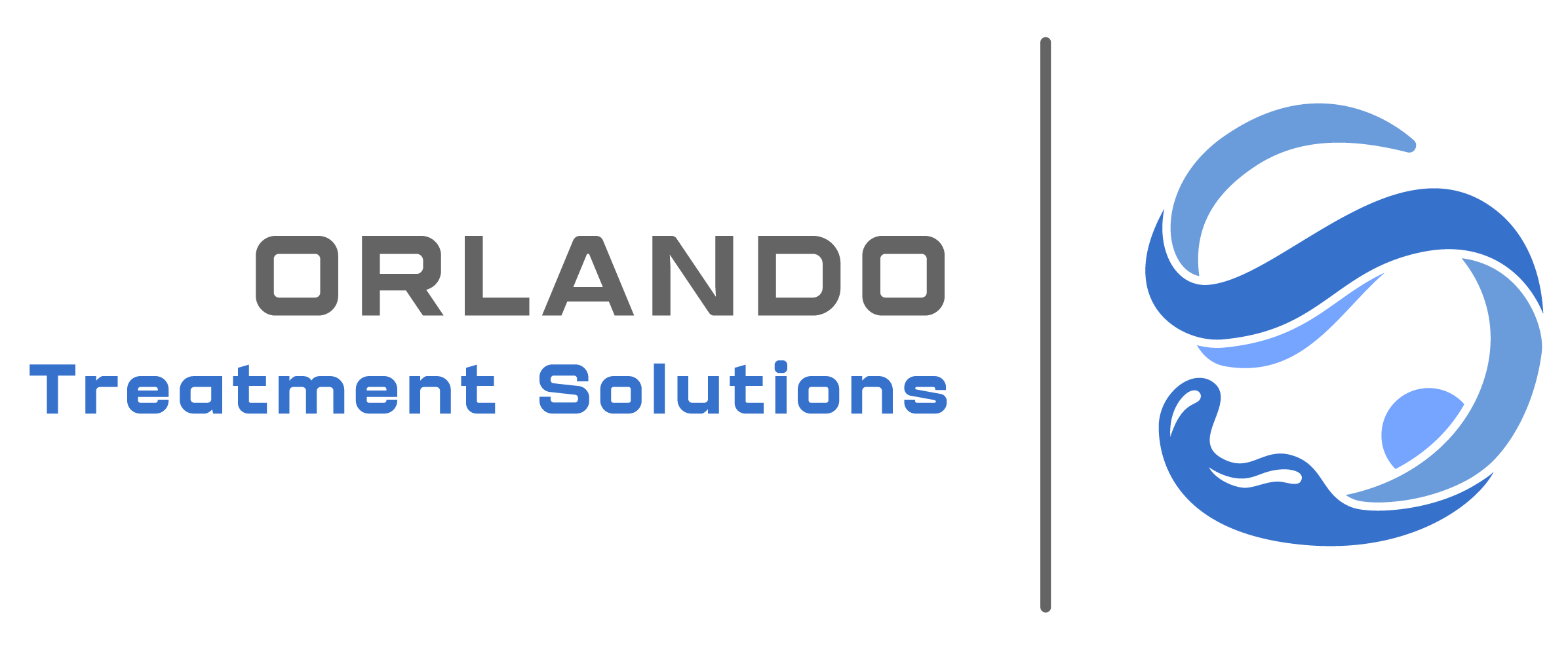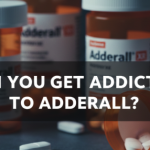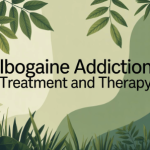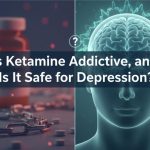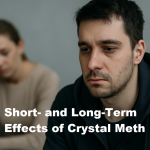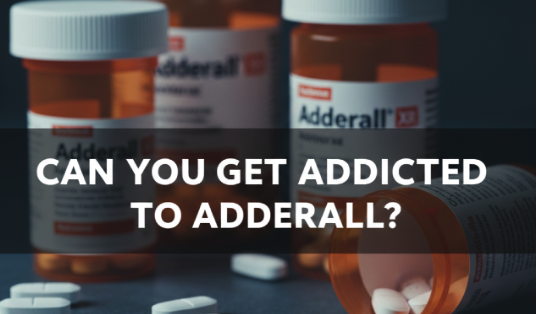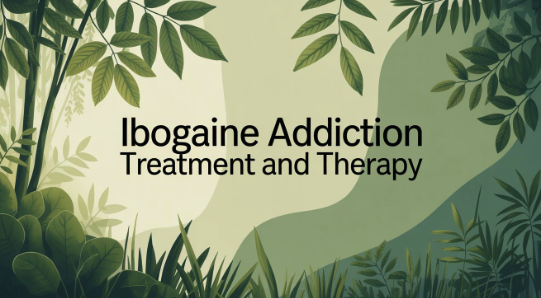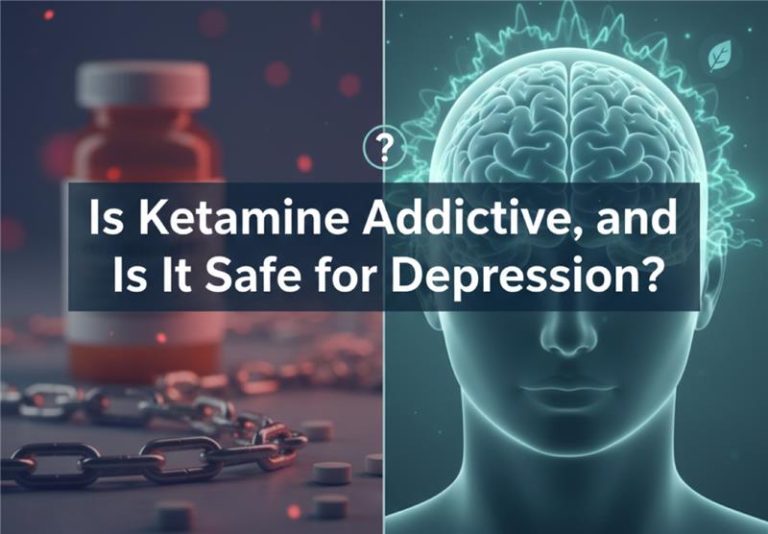In This Blog
- Kratom, its nature, and use.
- What is 7-hydroxymitragynine (7-OH) and why is it so strong.
- Major variations in origin, strength as well as hazards.
- In the U.S, there are health hazards and legal issues.
- Statistics of usage and security issues.
- Effective and safe kratom addiction therapies.
Introduction
The discussion about kratom and its concentrated form, the alkaloid 7-hydroxymitragynine (7-OH), has rapidly expanded in the U.S. Kratom, which is sold as a natural herb, is commonly misinterpreted as safe. Nonetheless, 7-OH, a strong chemical in kratom, is much stronger and more dangerous.
The U.S. Food and Drug Administration (FDA, 2025) believes that concentrated 7-OH products are a threat to human health because of their addiction, withdrawal, and overdose effects. The distinction between 7-OH and kratom is important to the safety of the populace as well as to the health of the individuals themselves.
What is Kratom?
Mitragyna speciosa is a tropical tree indigenous to Southeast Asia, which is also known as Kratom. The leaves of it have been traditionally used to treat fatigue and pain. The two primary alkaloids, mitragynine and 7-hydroxymitragynine, are also binders to opioid receptors in the brain, which have stimulant effects when used in low doses and sedative or opioid-like effects when used in high doses. Kratom is marketed as powders, teas, capsules, and extracts in the U.S. as a substitute for the treatment of pain or mood improvement (NIH, 2024).
Kratom has serious risks, though it is marketed as natural. After long-term or extensive usage, there might be kratom addiction, withdrawal, and health-related complications (CDC, 2024).
What is 7-Hydroxymitragynine (7-OH)?
7-hydroxymitragynine (7-OH) is a very powerful alkaloid, which is present in small contents in kratom leaves. Although in its purest state, natural kratom leaf has less than 2 per cent 7-OH, several refined extracts and synthetic forms have a maximum of 98 per cent, which is exponentially more harmful (FDA, 2025). Investigations indicate that 7-OH has the potential to be 7-13 times more potent than morphine in its ability to interact with opioid receptors (NIDA, 2024).
Due to its high level of strength, 7-OH poses a significantly greater risk of dependence, serious withdrawal, and overdose than raw kratom leaf.
Kratom vs. 7-Hydroxymitragynine: The Key Differences
Feature | Kratom | 7-Hydroxymitragynine (7-OH) |
Source & Natural Presence | Derived from Mitragyna speciosa leaves | Extracted or concentrated, synthetic versions exist |
Potency | Mild to moderate | Up to 13x stronger than morphine (NIDA, 2024) |
Mechanism of Action | Partial opioid receptor activity | Strong, direct opioid receptor binding |
Duration of Effects | 2–6 hours | Unpredictable, longer-lasting, higher intensity |
Addiction Risk | Moderate with long-term use | High, rapid tolerance and dependence |
Regulation | Limited oversight | Often unregulated, mislabeled, unsafe |
1. Source and Natural Presence
Kratom is taken as a crude leaf product. On the contrary, 7-OH is commonly present in extracts or products modified artificially. These are not regulated concentrated products whose dosing is not predictable and this is dangerous.
2. Potency and Psychoactive Effects
As kratom is a substance that is mild with low dosage, 7-OH produces ganglionic opioid-like euphoria and sedation. The result of this heightened potency is an extremely high risk of dependence and crisis of health (FDA, 2025).
3. Mechanism of Action
Both of them bind to opioid receptors, yet 7-OH is more binding, affecting the brain chemistry faster and making addiction more likely.
4. Duration of Effects
The effects of kratom last several hours, whereas the 7-OH products that are focused on are commonly promoted as long-lasting. They experience overdose and relapse more frequently because of the unpredictable length.
Possible Kratom and 7-OH Benefits.
- Kratom is traditionally used as medication against fatigue, as a light pain reliever and mood-enhancer. It is used self-managed by some U.S. users for opioid withdrawal.
- 7-OH, being a strong drug, is occasionally prescribed to treat more severe pain or anxiety.
Nonetheless, the FDA (2025) stresses that neither kratom and 7-OH has any approved medical use in the U.S., and both of them may be deadly to abuse.
Risks and Side Effects
The adverse effects of kratom and particularly 7-OH are:
- A stomachache, vomiting, and nausea.
- Increased heart rate, high blood pressure.
- As of sweat, agitation, and confusion.
- Insomnia, anxiety and depression.
- Rapid breathing and depression of the respiratory system (CDC, 2024).
Regular use over a long period of time can lead to kratom withdrawal symptoms, such as cravings, muscle aches, mood swings, and severe depression (NIDA, 2024). Unregulated market of 7-OH enhances the chances of contamination, overdose and death.
Orlando Treatment Solutions
Battling with Drug and Alcohol Addition? Remember, you are not alone and we are here to help you!
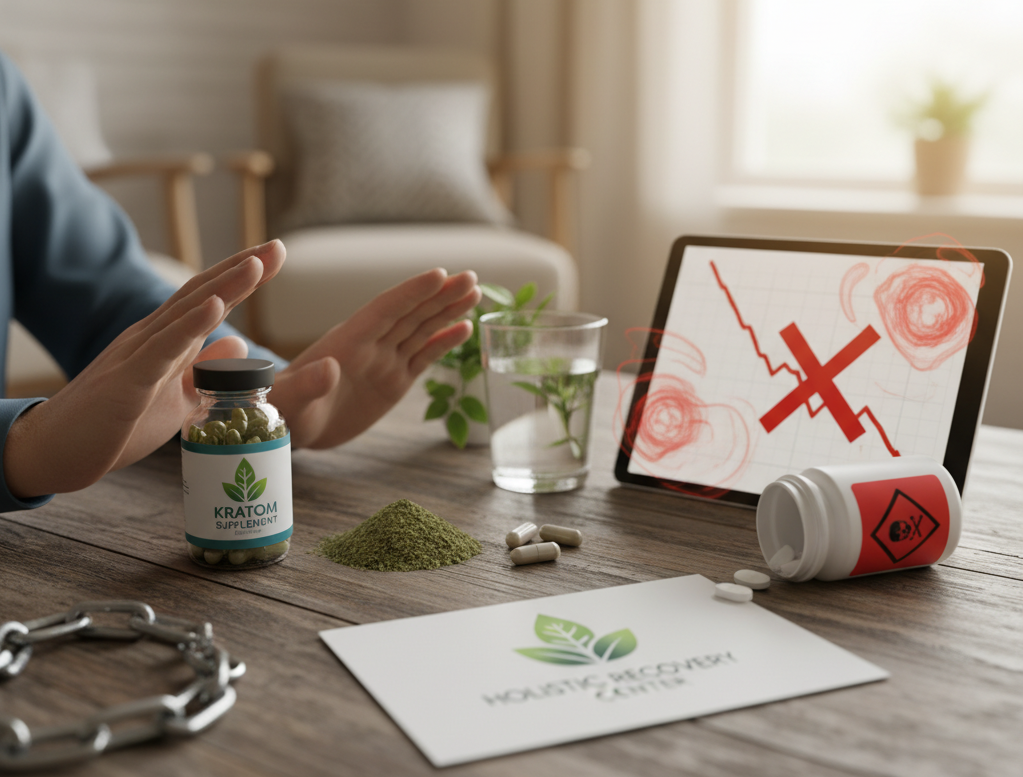
Social Responsibilities and Legal Issues
Although kratom is not discouraged on the federal level, some states have limited its consumption because of health hazards to the population. Kratom is given a category of “drug of concern” by the FDA (2025), and the DEA (2024) cautions against the sale of 7-OH in smoke shops and online stores. Lack of regulation also implies that consumers usually have no idea about the actual concentration of alkaloids in their product, which is a major threat.
Trends and Statistics of Public Usage
- Approximately 1.7 million non-elderly Americans of 12 years and older claimed to use kratom in 2021 (NIH, 2024).
- Between 2011-2018, U.S. poison centers registered 2,300+ cases of kratom exposures; in almost half of them, kratom per se was involved (CDC, 2024).
- Between 2014 and 2019, there were more than 3,400 incidents related to kratom, which comprised of seizures, confusion, and a few deaths (FDA, 2025).
- There is also the overlapping of other substance abuse with 36 percent of kratom users reporting misuse of opioids (NIDA, 2024).
Such statistics draw attention to the importance of awareness and control concerning the comparison of the kratom and 7-hydroxymitragynine (7-OH).
Kratom Addiction Treatment
Kratom addiction is manifested by signs such as:
- It requires more and more doses to get the same effect.
- Symptoms of withdrawal.
- Usage when it was reported to have negative health or social effects.
Treatment options include:
- Medical detox to cope with withdrawal.
- Cognitive Behavioral Therapy (CBT) to counter the craving and triggers.
- Accountability support groups.
- The holistic treatments, such as yoga and mindfulness.
Pro Tip of Doctor: Kratom or 7-OH Self-Detoxing is dangerous. The professional care is a guarantee of security and future prosperity.
Get safe detox at Orlando Treatment Solutions

Want to Quit Kratom or 7-OH? Contact Orlando Treatment Solutions
Waiting may exacerbate the situation in case you or one of your loved ones is struggling with kratom or 7-OH dependence. Orlando Treatment Solutions is a specialist in:
- Individualized detox regimes.
- Safety and comfort Medical supervision 24/7.
- The treatment and relapse prevention to restore your life.
- Post-discharge follow-up.
Kratom and 7-OH should not dictate your health and future. With professional assistance, it can be recovered.
100% Confidential Support is Available 24/7
No matter what you’re going through, you’re not alone. Our dedicated team is here to provide a safe, judgment-free space where you can talk openly and honestly. Whether you need emotional support, resources, or just someone to listen.
We’re here for you—completely confidential and always respectful of your privacy. Call us today!
Key Takeaways
- Kratom vs. 7-hydroxymitragynine (7-OH): kratom is fairly addictive, and 7-OH is much stronger and more dangerous (FDA, 2025; NIDA, 2024).
- FDA in the U.S. has not approved any medical use of kratom or 7-OH.
- The severity and the withdrawal is worse than kratom.
- The usage statistics indicate the rising cases of exposure and health crises associated with kratom and 7-OH.
There are safe recovery tracks that are provided by professional detox at Orlando Treatment Solutions.
FAQs About Kratom and 7-hydroxymitragynine?
What is the distinction between kratom and 7-hydroxymitragynine?
Kratom is an intermediate-potency natural leaf product and 7-hydroxymitragynine (7-OH) is a highly concentrated alkaloid up to 13 times stronger than morphine, and with much more risks of addiction and overdose (NIDA, 2024).
What is 7-OH comparable to?
Strong opioids are pharmacologically related to 7-OH because it has a high binding affinity to opioid receptors. Its impacts are similar to morphine only more powerful and dangerous (FDA, 2025).
What’s stronger than kratom?
The extracts such as 7-OH are concentrated and are very powerful compared to the traditional kratom. They enhance the effects of opioid types and put people at high risk of dependence, overdose, and withdrawal symptoms (CDC, 2024).
To what extent is 7-hydroxymitragynine stronger?
Research reports indicate that 7-OH is 7-13 times stronger than morphine and much stronger than kratom leaf, and thus, much more addictive and hazardous (NIDA, 2024).
Can 7-OH cause addiction?
Yes. Its addictive nature is very probable because it is very potent. Reliance may occur in a short period, and the effect of kratom withdrawal can be dangerous and permanent health sacrifices (NIH, 2024).
Is kratom illegal in the U.S.?
Kratom is not banned on the federal level though is prohibited in certain states. It is also a drug of concern by FDA and DEA as there are increasing reports of toxicity, seizures, and deaths (FDA, 2025).
